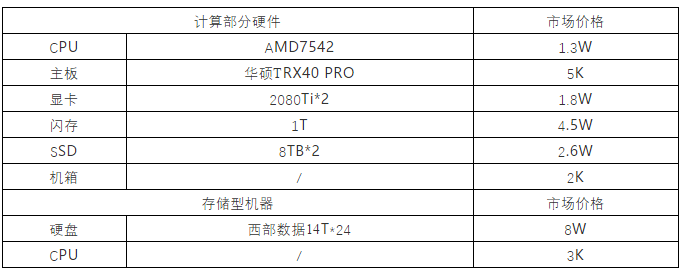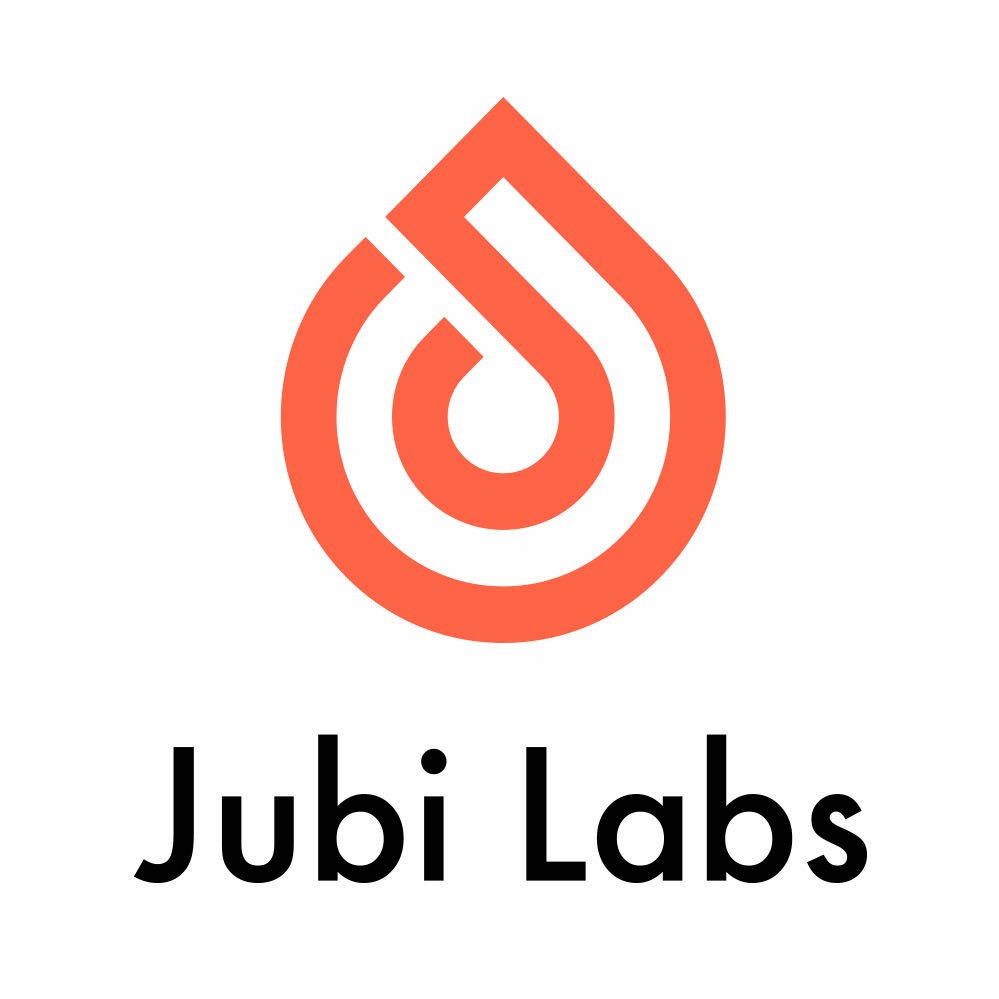One article to understand the hottest project on the storage track
This National Day holiday, Coinlist announced that it will officially support Filecoin transactions on the group network on October 15th, which also means that this blockchain king-level project that has lasted for more than two years has finally ushered in its first milestone.
secondary title
Filecoin

Project Description:
Undoubtedly a benchmark project in the blockchain storage field, the original intention of the Filecoin project is to make IPFS a commercially available storage system, rather than a random data sharing platform, that is, to realize the economic incentive layer of IPFS. The Filecoin project was built by the famous Protocol Labs (Protocol Labs), which built the Filecoin protocol based on the data storage and data extraction market. A seemingly uncomplicated system, the implementation of Filecoin can be described as meticulous and meticulous. It introduces complex mechanisms such as Proof of Replication (PoRe) and Proof of Time and Space (PoTs), and precisely adjusts the economic model to ensure the idealization of the system. Therefore, the Filecoin project has gone through two years of development time, and the system complexity can be regarded as one of the most challenging projects in the blockchain.
Project official website:https://filecoin.io/zh-cn/
Project official website:
https://twitter.com/MineFilecoin
Project Twitter:
Mining logic: storage power mining, contributing effective storage to obtain FIL rewards, and introducing a pledge mechanism for initial mining.
Total amount of mining: The maximum number of tokens issued is 2 billion, of which 70% of the tokens are mining output, and the total amount of mining is capped at 1.4 billion.
Release mechanism: 20-day lock-up period + 180-day release mechanism, and a pledge mechanism for initial mining. According to the official initial pledge function: equivalent to 20 days of block rewards + 30% of Fil's circulating supply.
Mining Difficulty: ★★★★★
 On the whole, Filecoin mining does not require complex ASIC mining machines, and the required hardware is also basic hardware resources. However, how to balance computing and storage resources to maximize revenue and share the initial pledge costs requires clustered hardware resources. Therefore, it is difficult for a single Filecoin mining machine to have a high input-output ratio. The hardware cost of the overall computing part is 110,000, and the hardware cost of the storage part is 80,000. Combined with the market cost of hardware, the storage speed value provided by the mining machine manufacturer can be divided by 24 hours a day and the hardware cost to calculate the packaging speed, and then infer the theoretical daily mining income.
On the whole, Filecoin mining does not require complex ASIC mining machines, and the required hardware is also basic hardware resources. However, how to balance computing and storage resources to maximize revenue and share the initial pledge costs requires clustered hardware resources. Therefore, it is difficult for a single Filecoin mining machine to have a high input-output ratio. The hardware cost of the overall computing part is 110,000, and the hardware cost of the storage part is 80,000. Combined with the market cost of hardware, the storage speed value provided by the mining machine manufacturer can be divided by 24 hours a day and the hardware cost to calculate the packaging speed, and then infer the theoretical daily mining income.
Arweave

Project Introduction: Arweave is a new blockchain storage platform designed to overcome the scalability, data availability and cost issues of blockchain decentralized storage. Arweave protocol encourages miners to store as much data as possible through mechanism design, and gives priority to storing scarce data with few copies, but does not pay attention to the storage behavior of miners. This decentralized storage method based on incentives is also a common feature of Arweave and most blockchains. Store items in different places.
Project official website:https://www.arweave.org/
Project official website:
https://twitter.com/ArweaveTeam
Project Twitter:
Mining mechanism: PoW (part of POA proof), using RandomX algorithm
Total amount of mining: The total circulation of AR is 66 million pieces, of which the mining income is 11 million pieces
Release mechanism: an average of 2 minutes per block. After the genesis block, about 29 ARs will be issued in each block, and the additional issuance will be halved every year. A total of 11 million ARs will be issued at most. In other words, every year after the Avi mainnet launch in June 2018, half of the remaining AR will be mined, that is, 5.5 million ARs will be mined in the first year, 275 ARs in the second year, and 137.5 ARs in the third year. 10,000... (Arweave main network was launched in June 2018, and there is a delay of more than two months in the issuance of block rewards). At present, the difficulty of the entire AR network is 48.63MH/s, and the reward for each block is 6.9 AR. The yield is about 11.65AR/MH/s.
Mining Difficulty: ★★★★
Others: AR mining is CPU-friendly, so there is no ASIC mining machine to seize computing power in AR mining. Compared with the complex hardware configuration of Filecoin, AR mining only needs a high-performance CPU with corresponding storage bandwidth.
Arweave Minimal Mining Tutorial:
https://news.huoxing24.com/20200602114051583172.html
Mirror world token
 Project introduction: The "domestic IPFS" project Mirror world token (MW) refers to the idea of public chain and cross-chain design, and integrates the IPFS protocol with the existing public chain technology, private cloud protocol, and block exchange technology. IPFS is distributed storage, but focuses on hypermedia distribution protocols. MW, which focuses on storage security, uses data sharding, data encryption, and distributed storage for file storage. Compared with IPFS, the storage method of data fragmentation is more decentralized, and file storage is encrypted and more secure. In addition, due to the use of fragmentation technology, the capacity of each storage sector is smaller, which is convenient for future expansion.
Project introduction: The "domestic IPFS" project Mirror world token (MW) refers to the idea of public chain and cross-chain design, and integrates the IPFS protocol with the existing public chain technology, private cloud protocol, and block exchange technology. IPFS is distributed storage, but focuses on hypermedia distribution protocols. MW, which focuses on storage security, uses data sharding, data encryption, and distributed storage for file storage. Compared with IPFS, the storage method of data fragmentation is more decentralized, and file storage is encrypted and more secure. In addition, due to the use of fragmentation technology, the capacity of each storage sector is smaller, which is convenient for future expansion.
Project official website:https://mw.run/
Project Twitter:
https://twitter.com/MWOfficial_info
Token status:
 Token status:
Token status:
Mining mechanism: MW's mining mechanism combines DPOS and POC consensus. The total supply of MW is 1 billion pieces, 70% of which are used for mining, and the output of miners is released linearly in 10 years; investors account for 10%, divided into two years Linear unlocking; the team accounts for 12%, and it will be unlocked linearly in three years. The handling fee for each transaction will destroy 50%-100% of the deflation mechanism.
Total amount released: The total supply of MW is 1 billion pieces, 70% of which are used for mining
Release mechanism: Miner output is released linearly in 10 years
Mining Difficulty: ★★★
Others: The entire MW network includes authentication nodes and non-authentication nodes. A mining pool consists of four transactions: creating a mining pool, destroying a mining pool, joining a mining pool transaction, and exiting a mining pool transaction. The mining pool creation and mining pool exit transactions are initiated by the authentication node, and the joining and exiting mining pool transactions are initiated by the MW user.
The more MW mortgaged in the mining pool, the higher the rate of return. The maximum capacity is 1 million MW, and the corresponding rate of return is 100%. Users who participate in mining pool mining, according to different hardware configurations, calculate the corresponding weight through POC.



